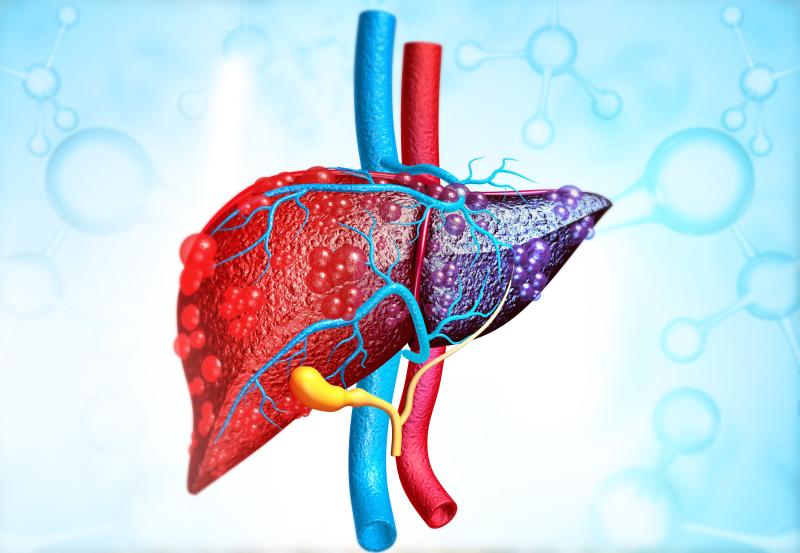
Patients with nonalcoholic fatty liver disease (NAFLD), including those without advanced fibrosis, appear to have lower quality of life (QOL), as reported in a study.
Researchers examined 341 NAFLD patients who completed the short form 36 (SF-36) questionnaire. They assessed body composition and liver fibrosis using bioelectrical impedance and transient elastography, respectively. Advanced fibrosis was defined as liver stiffness measurement (LSM) of ≥12.1 kPa.
Scores from all eight SF-36 domains were negatively associated with percent body fat and positively associated with lean body mass among patients with NAFLD.
On multivariable analysis, SF-36 physical functioning domain score showed a negative association with type 2 diabetes, body mass index, and LSM. Additionally, the score was positively associated with lean body mass and level of alanine aminotransferase.
Compared with individuals with chronic medical illnesses and the general population obtained from the published literature, NAFLD patients with or without advanced fibrosis had significantly lower mean QOL scores.
The present data highlight the influence of body composition on QOL in patients with NAFLD, according to the researchers. Additional investigation in needed to establish whether interventions to improve body composition can improve QOL in this population.
QOL assessment is useful because this measure sheds light on the overall burden of NAFLD from the patient’s perspective. In addition, there may be other important implications of poor QOL, including healthcare utilization, productivity and mortality. [Hepatology 2009;49:1904-1912]